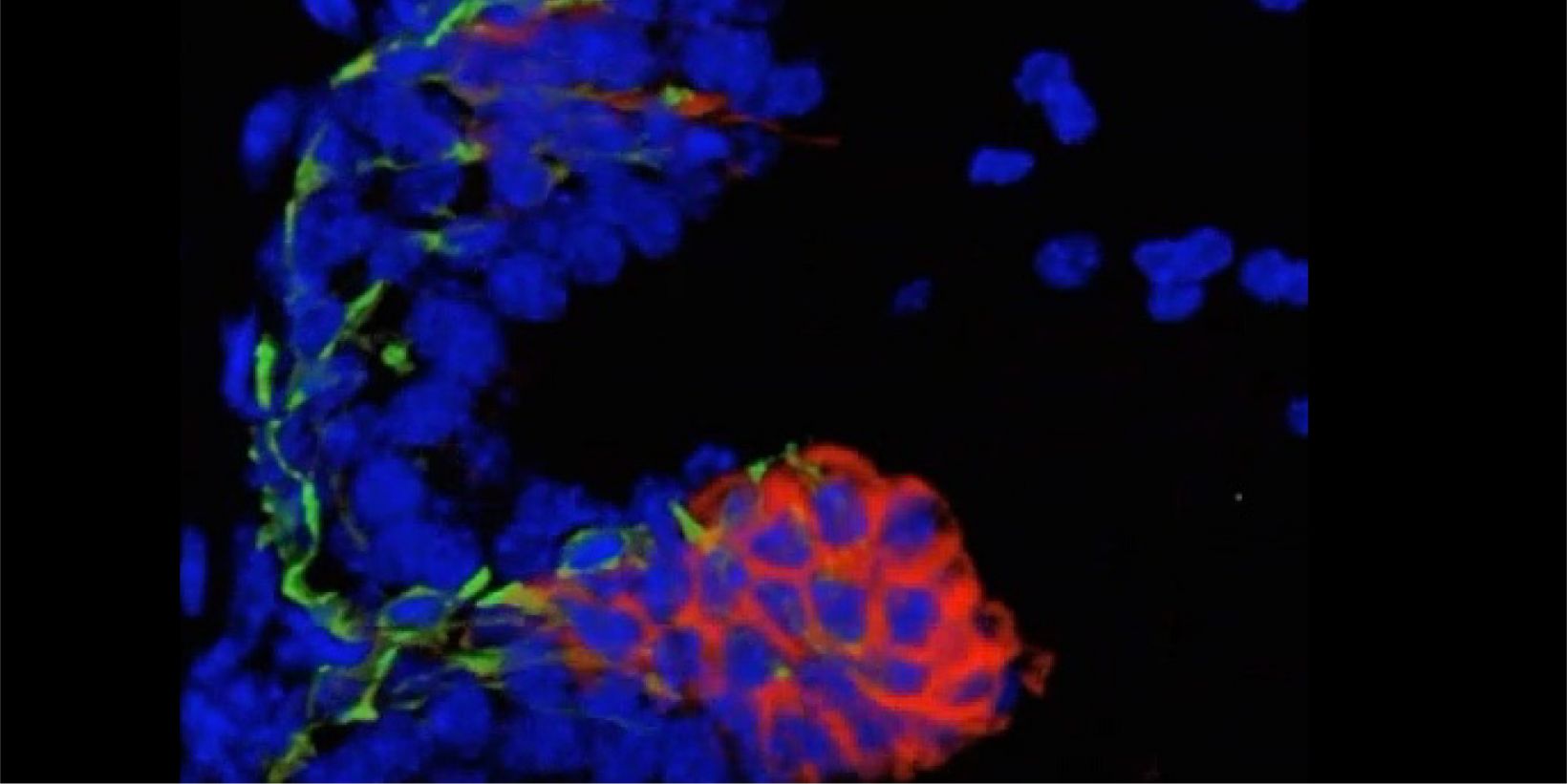Prostate cancer is one of the most common cancers worldwide and also the second leading cause of cancer-related death in males in Western countries. Although the majority of human primary prostate cancers have a luminal phenotype, both basal cells and luminal cells can serve as cellular origins of prostate cancer in model systems. However, the stem cell-like plasticity of defined prostate epithelial cells and the cellular origin of prostate cancer under physiological conditions have not been identified. Recently, prostate basal and luminal cell populations were both shown to be self-sustaining, and both cell types could initiate prostate cancer. However, the oncogenic transformation of basal cells requires basal to luminal cell transition. In addition, luminal cells were shown to have greater tendency to be the cells of origin for prostate cancer in some contexts.
These studies highlight the need to characterize the prostate cell lineage hierarchy and their behaviors in various contexts. We are studying the prostate cell lineage hierarchy using single-cell RNA sequencing, cell lineage tracing and organoid culture technologies. We have identified a novel prostate luminal progenitor cell population (termed as Luminal-C) which located at the prostate the distal prostate invagination tips (termed as Dist-Luminal-C) and proximal prostate region (termed as Prox-Luminal-C). Furthermore, we are interested in prostate cell lineage plasticity at the different stages of prostate tumor initiation, progression, and therapy resistance. We have identified defined ERG as a master transcription factor to regulate prostate luminal lineage through orchestrating chromatin interactions.

